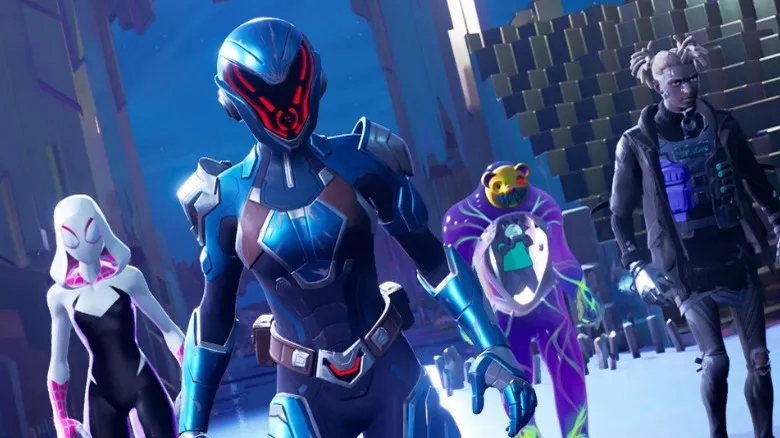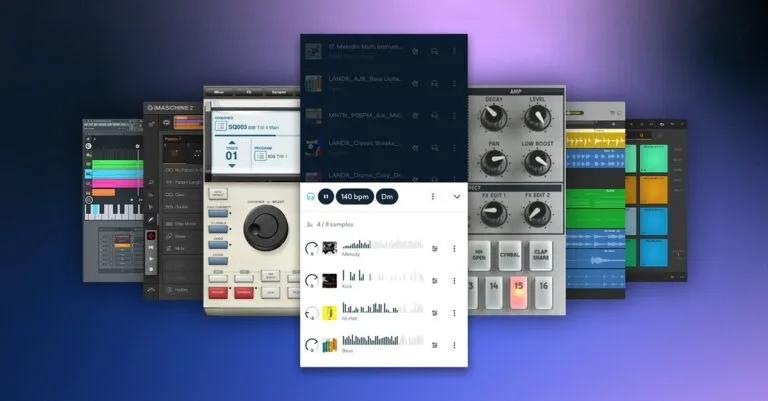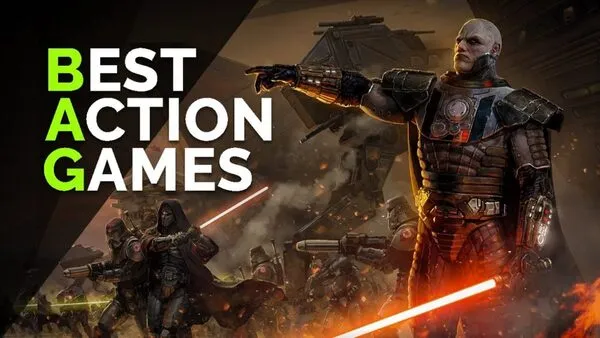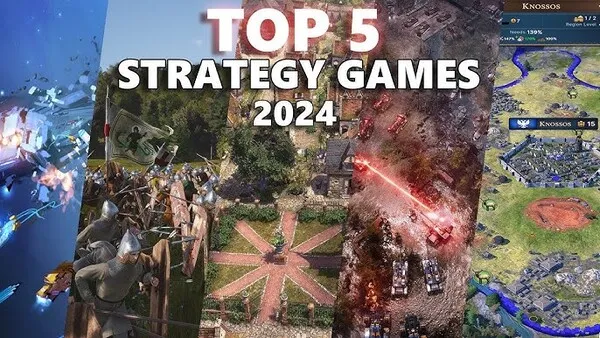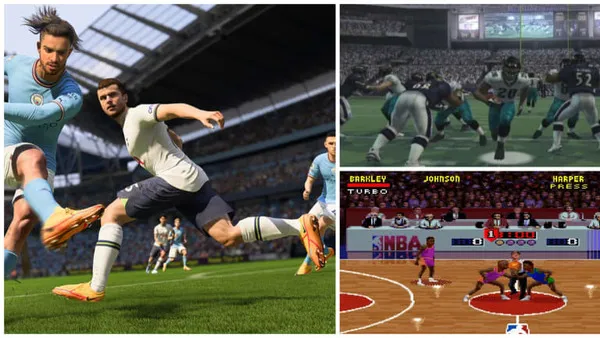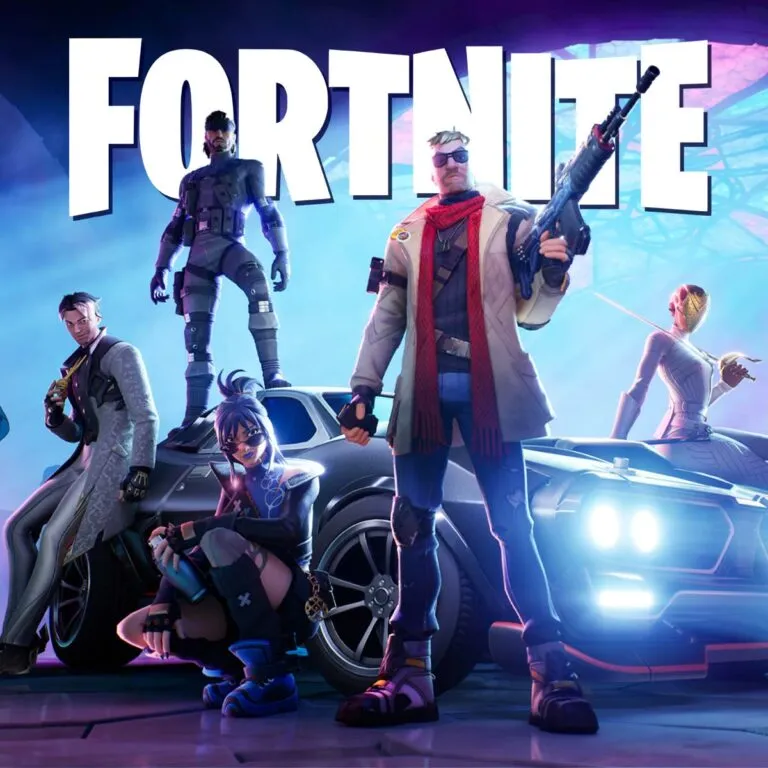Since its explosive debut in 2017, Fortnite has been more than just a battle royale — it has been a living, breathing competitive ecosystem. But under the colorful skins and dance emotes lies a constantly shifting meta, where changes to weapons, building mechanics, mobility, and tournament formats can make or break competitive careers. This article dives deeply into how the competitive meta has evolved, the specific turning points, and the complex balance between developer vision and player adaptation.
1. The Birth of the Competitive Meta (2017–2018)
When Fortnite’s Battle Royale mode launched in September 2017, Epic Games didn’t set out to create a global esports phenomenon. Yet within months, players discovered ways to push the mechanics far beyond casual play. Early meta revolved around rapid building and basic pump shotgun dominance — simplicity that would later be disrupted by waves of new content.
Competitive matches in this era were informal but fierce. Streamers like Ninja and Myth shaped the skill ceiling, showing how building could be used both offensively and defensively. The “double pump” tactic — swapping between two pump shotguns to avoid reload time — became the first major meta controversy, forcing Epic to intervene with a weapon swap delay patch in early 2018.
2. Double Pump to Double Trouble: Weapon Balance Shifts
The double pump ban was the first signal that Epic was willing to actively reshape the meta. In competitive play, weapon balance is everything — a 0.2-second swap delay can decide the outcome of a $100,000 match. Players who built their playstyle around the double pump had to retrain muscle memory overnight.
Epic’s decision here highlighted a recurring tension: developers want variety and fairness, while pro players often prefer stability to practice specific techniques. The change birthed a pattern that would repeat over the years — drastic shifts every few weeks, making mastery a moving target.
3. Building Becomes a Battleground (2018–2019)
By mid-2018, Fortnite’s competitive scene was defined by building speed. The most skilled players could execute “90s,” “ramp rushes,” and “turtle builds” faster than opponents could aim. The building meta created a skill gap that separated casual players from the elite.
The Rise of Edit Play
Editing — altering existing structures to surprise opponents — became the hallmark of top-tier competition. Players like Tfue pioneered pre-emptive editing strategies, using window and cone edits to catch enemies off guard.
The Counter-Meta
Epic responded with new items like the Boom Box and Dynamite to break structures instantly, introducing unpredictability. While these tools lowered the barrier for less skilled players, pros argued they undermined the core skill of building mastery.
4. The Mobility Revolution (Late 2018–2019)
Competitive Fortnite entered a new era when Epic introduced mobility items like the Grappler, Launch Pad, and Rift-to-Go. These tools transformed endgames, allowing skilled players to rotate across the shrinking storm circle with precision.
The Controversial Baller Vehicle
Season 8’s Baller — a hamster ball-style vehicle with a grappling hook — became one of the most controversial mobility tools in esports history. Players could survive deep into endgame without engaging, frustrating aggressive playstyles. The community was split between those who loved the tactical escape options and those who felt it rewarded passivity.
5. The Peak of Chaos: The World Cup Season (2019)
The 2019 Fortnite World Cup marked the high point of competitive Fortnite’s global attention. With $30 million in prize money, the stakes were unprecedented. But the season’s meta was far from stable — changes to shotgun availability, mobility, and item vaulting meant players had to adapt constantly, even days before qualifiers.
The Drum Gun Unvault
Epic’s decision to unvault the Drum Gun mid-World Cup qualifiers reignited debates about balance. Its high damage output warped loot priorities, forcing players to restructure early-game strategies.
Solos vs. Duos Dynamics
The World Cup hosted both solo and duo events, each with different meta priorities. Solo play favored patient, resource-heavy rotations, while duos allowed for more aggressive double-team pushes.
6. The Chapter 2 Reset (Late 2019–2020)
Chapter 2 brought a complete map overhaul, a graphical upgrade, and a reduced loot pool. This “reset” stripped away many mobility items, slowing the game down and rewarding positional play over chaotic rotations.
Competitive matches became more about resource efficiency — knowing when to farm materials and when to fight. Without easy escape tools, late-game survival became a brutal test of box-fighting skill.
7. Mythic Weapons and Power Creep (2020–2021)
Chapter 2, Season 2 introduced Mythic weapons — unique, high-powered items obtained by defeating NPC bosses. In competitive settings, these weapons often guaranteed victory if secured early.
The Skye’s Grappler + Scar Combo
This combination became notorious for enabling unmatched mobility and firepower. Teams would prioritize dropping at specific boss locations, turning early-game fights into do-or-die moments.
Critics argued that Mythic weapons introduced “power creep” — an arms race that made standard loot feel underwhelming.
8. Mechanical Skill Meets Aim Assist Debate (2020)
Cross-platform play brought controller aim assist into the spotlight. Keyboard-and-mouse players argued that controller aim assist, especially in close-range fights, provided an unfair advantage. The debate reached its peak when several controller players dominated major tournaments.
Epic’s Balancing Act
Epic adjusted aim assist values multiple times, but no change fully satisfied both sides. The controversy revealed the challenges of balancing a competitive scene across fundamentally different input devices.
9. Creative Mode’s Influence on the Competitive Scene (2021–2022)
Creative mode, initially seen as a casual playground, became an essential training ground for competitive players. Custom maps allowed for high-intensity practice in box fights, aim duels, and movement drills without the randomness of battle royale drops.
The Rise of “Realistics” and “Zone Wars”
These player-made modes simulated late-game storm circles, giving competitors realistic rotation and building practice. This shifted the meta toward extreme mechanical refinement, as players could now practice high-skill scenarios endlessly.
10. Modern Meta: Zero Build, Strategic Depth, and Future Challenges (2022–2025)
With the launch of Zero Build mode, Fortnite introduced a competitive option without building mechanics. While the traditional building meta remains the centerpiece of esports, Zero Build tournaments opened the door for players who excel in pure shooting, positioning, and utility use.
Today’s meta is a hybrid environment. Some seasons favor mobility-heavy play, while others reward conservative rotations and storm surge management. The unpredictability remains Fortnite’s greatest strength — and greatest frustration for pros seeking consistency.
Conclusion
Fortnite’s competitive meta is a constantly moving target, shaped by Epic’s relentless updates, player innovation, and the tension between accessibility and mastery. From double pump shotguns to Zero Build tournaments, every season rewrites the rulebook. This volatility is both a challenge and a thrill — demanding adaptability, creativity, and relentless practice from those chasing glory.









